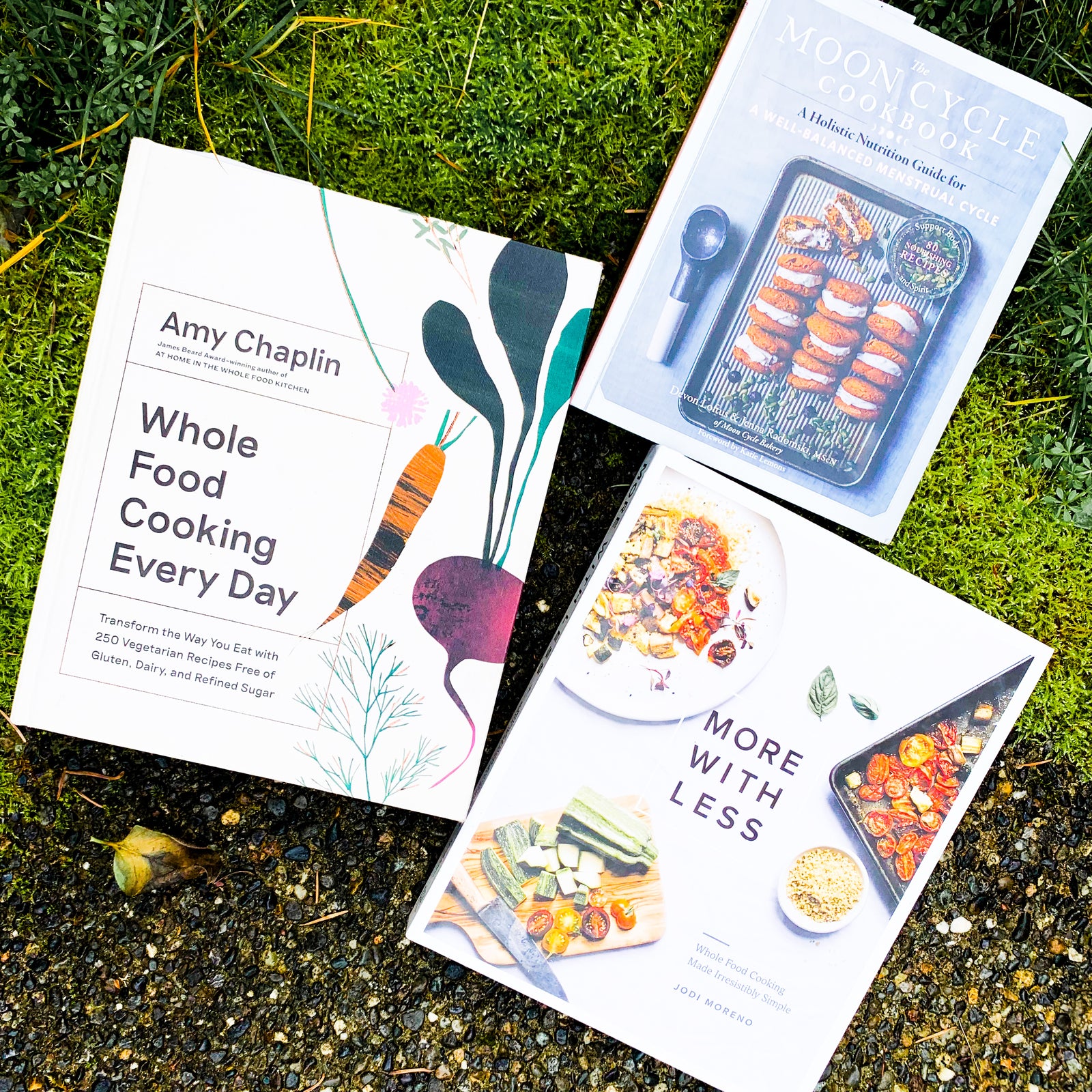A Doctor's Perspective on Protein by Dr. Weston
There are three main pillars or categories of foods that are essential to the health, well-being and maintenance of the human body. They are carbohydrates, fats, and proteins. Other important nutrients such as Fiber, enzymes, vitamins, minerals, and probiotics are basically sub-categories of these three.
I know we want to talk mainly about protein today, but let me pre-empt it with some other lifesaving factoids. Public enemy #1 in the U.S. and most westernized countries, is heart disease. It kills 1:2 in the U.S., 70% are overweight, 50% of people my age are on multiple prescription heart medications, $350 billion annually. Adequate fiber decreases heart attack 40%, Omega 3, the health fats and oils, decrease B/P, chol, clotting, and increase flexibility of vessels. 5 oz of walnuts per week decrease heart attack by 50%. Enzymes, which are catalysts for thousands of bodily processes are special amino acids, that are inactivated or denatured by temperatures over 109-116 F (46 C). Without active enzyme to aid digestion, you could starve to death while feasting at a buffet. Additionally, hormones and antibodies are amino acid or protein based.
1 – Protein helps increase muscle mass and strength. AA are the building blocks of muscles, help keep you fit as you age. As people age they normally experience Sarcopenia which is muscle loss, shrinking, and atrophy, because as we age we eat less and assimilate less, more poorly. Eating more quality protein and including resistance exercise is the best way to prevent this Sarcopenia. Historically the recommended daily protein intake has been approximately 1 gram per kilogram of body weight. The latest studies have found that doubling that amount to 1 gram per lb of body weight can even reverse the process. Eating plenty of protein reduces muscle wasting.
2 – Protein is the most filling of the food categories. It also reduces the hunger hormone, Ghrelin. One study found that by doubling daily protein intake from 15% to 30%, subjects consumed 450 fewer calories, which helped them in reducing belly fat. It also reduced cravings and snacking, which are different than real hunger. Craving junk food is the same as craving drugs, alcohol, and tobacco. Increasing protein to 30% reduced craving and snacking by 50-60%. In terms of losing weight and keeping it off one 12 month study found that two groups eating the exact same number of calories, the high protein group lost 53% more body fat.
3 – There is an old myth that increased protein is bad for the bones, the theory was particularly focused on animal proteins. Recent studies have found the exact opposite; that one of the major benefits of increased protein intake is a lower risk of osteoporosis and bone fractures.
4 – All foods have what is called a thermic effect, which is a calorie burning influence. Protein has a 2-3 times thermic effect as the equivalent volume of carbohydrates, which just means that it boosts your metabolism, so burns 80-100 more calories per volume. One study on overfeeding found that the high protein group burned 260 more calories a day.
5 – Several studies have found that higher protein intake lowers blood pressure, reduces LDL cholesterol and triglycerides.
6 – Another long held myth is that increased protein is hard on your kidneys, again they used animal proteins. Numerous recent studies have found that high protein intake presents no harmful effects on healthy people who do not have pre-existing kidney disease.
7 – Increasing protein can help your body repair after injury, and can help speed up recovery.
Example of percentages for a 2,000 calorie daily diet is:
Protein 30 – 40% (50%) I gram = 4 cals
Carbs 30 - 40% 1 gram = 4 cals
Fats 20 - 30% 1 gram = 9 cals
As mentioned there are different kinds of proteins. Animal protein or meat, is popular, easy to obtain, and accepted by the general public. AS an example, a 16 0z beef steak has approximately 112 grams of protein. The problem it presents is that it is difficult to digest, often high in cholesterol and triglycerides, needs to be cooked at high heat which destroys many of the natural nutrients. In addition, today most meat products are ladened with hormones, antibiotics, GMOs, and secondarily pesticides and herbicides, creating many of the health problems plaguing society today. Organic, plant-based protein powders give highly assimilable amino acids, with none of the untoward consequences.
Research has found that the distribution of protein across daily meals did not make a significant impact, the total amount of protein consumed did. Whole body net protein balance was greater with doubling the old accepted dietary recommendations. So it’s the quantity that’s important, not the pattern that maximizes protein synthesis in the body, and it becomes much more important as we age. The American Physiological Society recently made the statement “Older adults: Double your protein to build more muscle”.
Womens Health Magazine pointed out that most weight-loss plans have one thing in common: eating less, which invariably leads to significant muscle loss. But this new research suggests that eating more protein actually boosts fat loss while sparing muscle tissue. Federation of American Societies for Experimental Biology found that dieters who double their protein intake lose more fat and maintain more muscle mass than dieters who have been eating the recommended amount. In their study they found that people who doubled up on protein lost the most fat; in fact it amounted to about 70% of their total weight loss. Just a note here, they also stated that tripling the protein intake gave no additional advantage, so doubling seems to be optimal. Since the more muscle you have, the more calories you burn even while you’re sleeping. The Military Nutrition Division at the U.S. Army Research Institute of Environmental Medicine has recommended the RDA for protein be increased.
There’s an accepted adage in the world of nutrition that says “you are what you eat”, that’s not entirely true. A more accurate statement is “You are what you assimilate”. There is a difference. For one thing, a food has to be liquid in order to be absorbed through the intestine and used by the organs and cells. Research has found that no matter how well you chew, that you assimilate approximately 30 – 35 of the nutrient value of solid food. Whereas, if you liquefy the same exact foods in a quality blender into a nutrient dense smoothie, you can assimilate over 90%. Fish and meat don’t make for a very good tasting smoothie.
Dr. Weston
Sunwarrior Products
Also in Blog

Make Healthful Habits Stick Part 2 By Sophie Knapp, MScN, CN
How many of you have given up on your resolutions yet? Most of you? Well, statistics indicate that would be the case. NO SHAME!
In this second part of making Healthful Habits Stick, I’m going to talk you through some of the “make it stick” strategies you can start using right now to get re-inspired and get back on track toward the changes you desire in your life.



